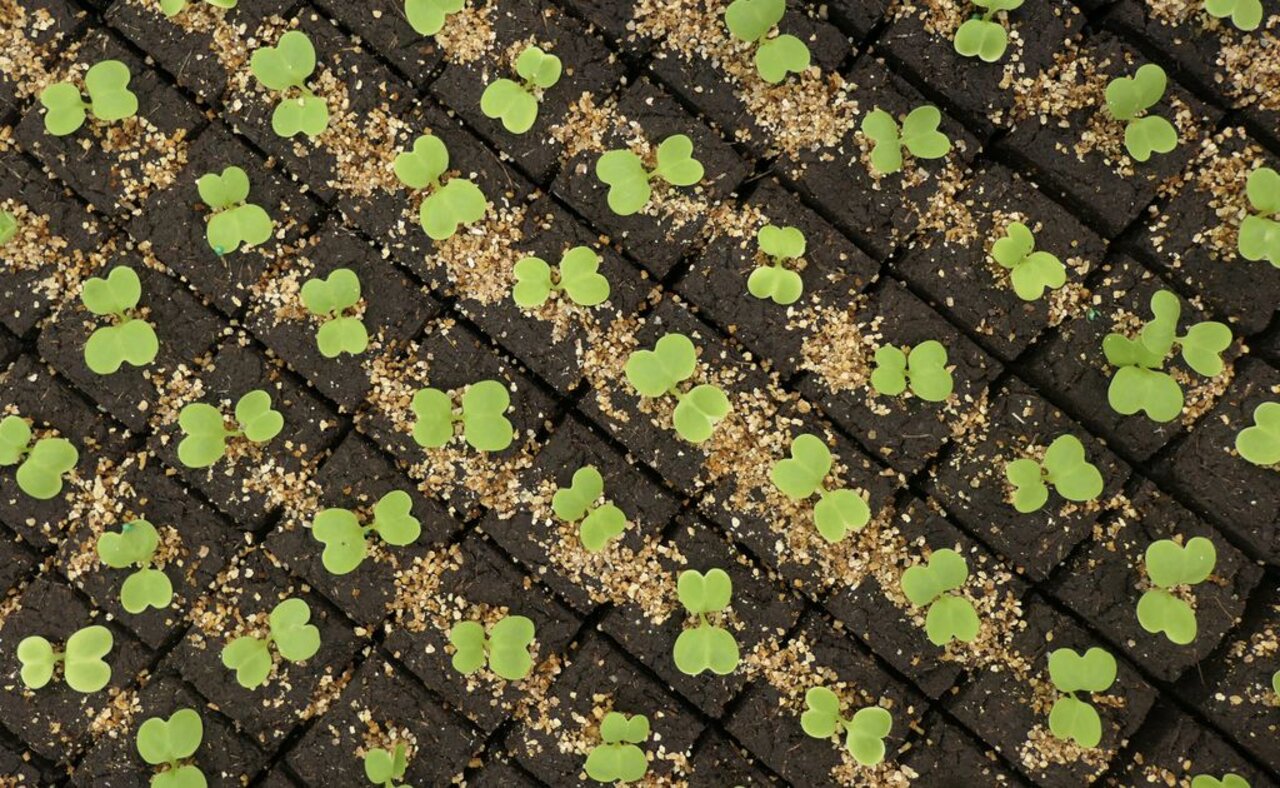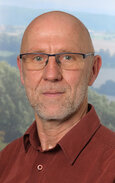Project
Reduction of peat use in Germany

Study on the possibilities and the impacts of a reduction of peat use in Germany. Sub-project "Life Cycle Assessment "
The project "Reduction of peat use in Germany" is a joint project of the Thuenen-Institute and the Julius Kühn-Institute for scientific support of the "Peat Protection Strategy" of the Federal Ministry of Food and Agriculture in Germany (BMEL).
Background and Objective
Peatlands are the largest terrestrial carbon reservoir. Drainage is necessary to extract the peat, but that causes substantial CO2 emissions. According to the national climate reporting, more than 2 million tonnes of CO2 equivalents per year are released from drained peatland in Germany.
In Germany, peat is mainly used for substrate production and soil improvement for horticultural purposes. In the German climate protection programme 2030, the "Protection of peat soils including the reduction of peat use in growing media" has been agreed upon and has thus become the subject of political debate on climate change. In the course of this, the BMEL is pursuing the goal of reducing peat use in horticulture without this becoming an economic burden for soil producers and horticultural companies. In this context, the BMEL has commissioned the Thuenen Institute and the Julius Kühn Institute to provide scientific support for the development of a strategy for peat reduction and the associated political measures. To this end, the Thuenen Institute evaluates the possibilities and effects from a macroeconomic point of view, analyses the microeconomic significance for horticultural businesses and carries out an ecological evaluation with the help of life cycle assessments.
The aim of the LCA sub-project is to determine both peat and peat substitutes for their potential environmental impact. In addition to the extraction and processing of peat and peat substitutes, the application of peat-containing and peat-reduced substrates in selected plants is also considered.
Target Group
The project primarily serves to provide scientific support to the BMEL and political decision-makers. Furthermore, economic actors in horticulture and soil production, environmental associations, science, consumers and the interested public are to benefit from the findings.
Approach
We investigate the production of peat and peat substitutes as well as their application in growing media with regard to their potential environmental impact using life cycle assessments (LCA). LCA is a tool for determine various environmental impacts and detecting trade-offs among different environmental categories. With LCA, it is possible to depict environmental impacts and thus compare product and/or alternatives from an environmental perspective.
Our Research Questions
What are the potential environmental impacts of peat extraction and peat substitutes?
What are the potential environmental effects of using peat, peat reduced and peat free substrates in horticultural applications?
What form could certification of peat substitutes not originating from the European internal market take?
Links and Downloads
Page of the BMEL on the subject of reducing peat input: www.bmel.de/DE/Landwirtschaft/Pflanzenbau/Gartenbau/_Texte/Torf.html
Page of the MITODE project: www.mitode.de/en/
Thünen-Contact

Involved Thünen-Partners
- Dirksmeyer, WalterBW Institute of Farm Economics
- Hirschler, OlivierKB Coordination Unit Climate, Soil, Biodiversity
- Hirschler, OlivierKB Coordination Unit Climate, Soil, Biodiversity
- Kretzschmann, AnjaBW Institute of Farm Economics
- Osterburg, BernhardKB Coordination Unit Climate, Soil, Biodiversity
- Stichnothe, HeinzAT Institute of Agricultural Technology
Involved external Thünen-Partners
- Julius Kühn-Institut - Bundesforschungsinstitut für Kulturpflanzen (JKI)
(Quedlinburg, Braunschweig, Groß Lüsewitz, Kleinmachnow, Deutschland)
Duration
1.2019 - 5.2023
More Information
Project status:
finished
Publications on the project
- 0
Stichnothe H (2022) Life cycle assessment of peat for growing media and evaluation of the suitability of using the Product Environmental Footprint methodology for peat. Int J Life Cycle Assessment 27(12):1270-1282, DOI:10.1007/s11367-022-02106-0
- 1
Stichnothe H (2021) Carbon footprint of black peat from degraded peatland previously used for agriculture in Germany. In: The 16th international peatland congress : peatlands and peat - source of ecosystem services ; abstract book, oral presentations, Tallinn 2021. Tallinn, pp 52-58

![[Translate to English:] [Translate to English:]](/media/_processed_/3/6/csm_Hintergrund-Ausschnitt1_9daaef6b89.jpeg)
![[Translate to English:] [Translate to English:]](/media/_processed_/3/6/csm_Hintergrund-Ausschnitt1_0bd7111163.jpeg)





